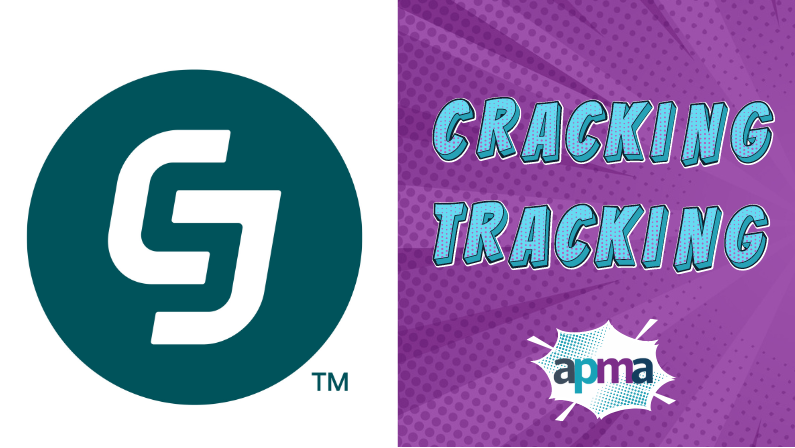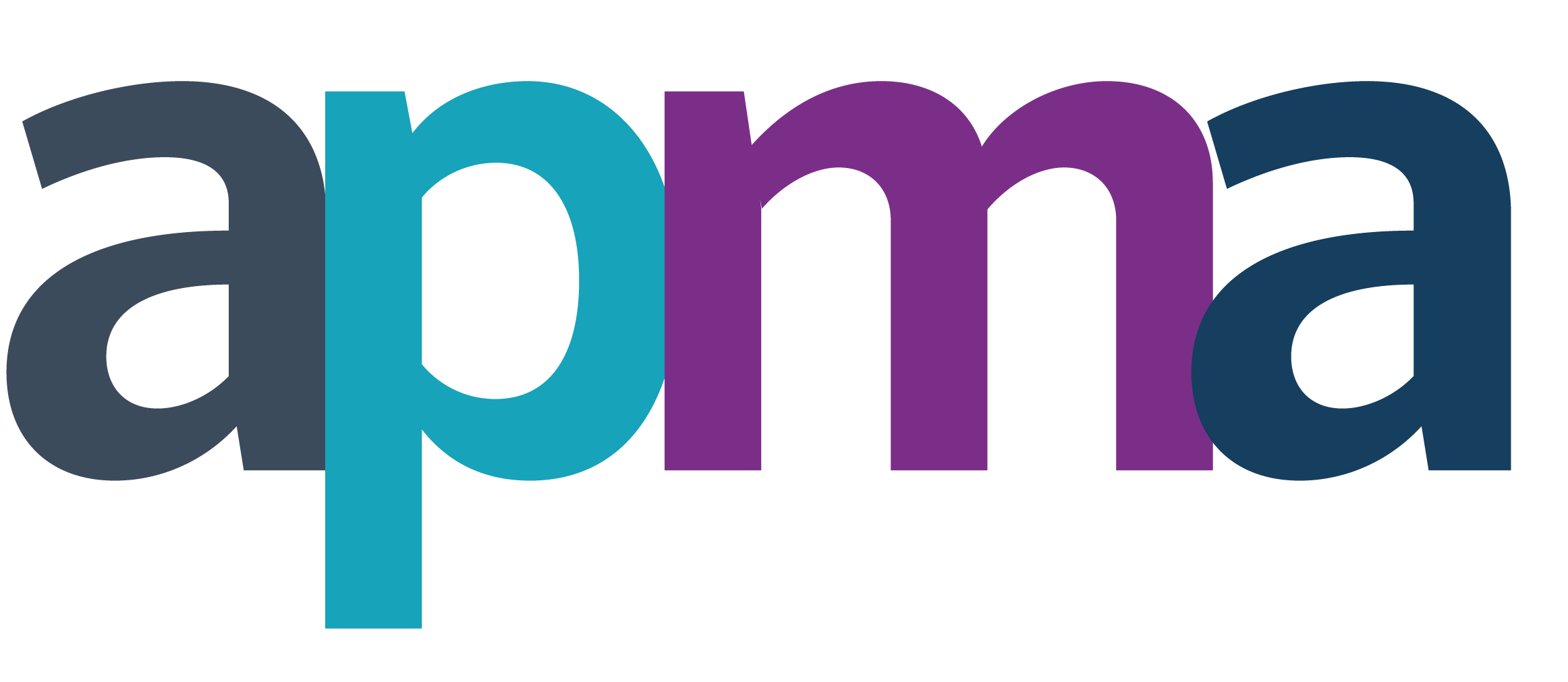
We spoke to CJ’s Angela Ballard, Director of Product Management, for our Cracking Tracking: Network Q&A.
In one sentence, what makes your tracking so good?
CJ has a future-forward approach to tracking, and we’ve worked to strike a balance between solutions that are easy to integrate, and solutions that are resilient, as the restrictions placed on web technology continue to multiply.
Now explain to me how it works as if I’m a five-year-old…
Publishers, who have websites and mobile apps where consumers research to find the things they are looking for, help these consumers find brands and products they love. These brands agree to pay publishers when those consumers buy from them, as a reward for helping the consumer find that brand. Affiliate tracking enables seeing this customer shopping journey from publisher to brand, and enables the payments made to publishers.
How are we going to get rid of third-party cookies from the affiliate channel once and for all?
We need to implement tracking solutions at all points in the customer journey, that leverage first-party data and first-party cookies, to improve the accuracy of customer journeys and the persistence of customer identity. We also need to use data to understand what’s not being tracked accurately, and create compensation options around it to ensure publishers get paid and advertisers can better understand the return on their investment.
What should best-in-class tracking do?
Best in class tracking needs to enable accurate measurement and transparency between partners. This means using the most resilient technologies, like first-party data for customer identity and HTTP cookies and using solutions that provide full visibility into the customer journey. This also includes using concurrent tracking methods to capture what could be missed through another method.
Tell us some of the work you’re doing to push its adoption.
We’ve dedicated resources across almost all our teams at CJ to getting adoption of our solutions, and we tie that adoption success to the goals we set for our business and for our clients. This requires that our teams can show and articulate the value of our solutions, through data, case-studies, and thought-leadership. We’re also continuously focused on making our solutions easier for our clients to implement and faster to enable, through e-commerce plugins, templates, and creating varied integration options to meet our clients’ technical needs. Taking this approach has allowed us to support our clients at scale, and we’ve seen tremendous success.
App tracking tends to get overlooked. What are you doing to make sure it doesn’t?
CJ provides various technical options to enable in-app tracking, which gives our clients flexibility to do what works for them. We also partner with mobile measurement partners (MMPs) to make sure our tracking is easy to enable to for our shared clients. During client onboarding, we guide and support our clients through setting up tracking for all their shopping properties, which requires education and technical resources from our operations teams at CJ.
There’s so much confusion about tracking because every network uses different terms. Is it essentially all the same?
Yes and no. The fundamentals are the same, but details matter. The technology choices in the tracking solutions created by each network are often what sets solutions apart, because those choices influence how resilient tracking is to changes over time, and the ability for the networks to improve those solutions. Networks also have varying approaches on how much transparency they push for, especially from advertisers. At CJ, we push advertisers to tag every page of their site, and track all their traffic, so we can better understand complete customer journeys. This also allows us to see better when tracking is not working as expected. This gives us opportunities to more fairly compensate publishers and creates more equity in the partnerships on our network.
What does the future of affiliate tracking look like?
Tracking customer journeys the way we used to just isn’t possible, and accurate tracking requires comprehensive solutions that need to be adopted by both publishers and advertisers. Measuring performance requires looking at traditional metrics, like conversion rate, and combining this with aggregate metrics that provide visibility into total tracking but may not provide event-level data. This likely results in more hybrid payment models that include options beyond CPA, things like CPC and pay-out adjustments to compensate for missed tracking. First-party data is increasingly important to understanding consumer behaviour because it’s now the only option for identifying customers in a persistent way. Just an example of this, cross-device tracking is now only possible using first-party identifiers as Chrome begins their third-party cookie deprecation. As networks, we’re responsible for advocating for the value our channel provides. With tracking being at the core of measuring that value, we need to advocate for better tracking and transparency, and show our clients why adopting new solutions and measurement models is key.
Thank you to Angela, if you have any questions or would like to get in touch, please email her.


